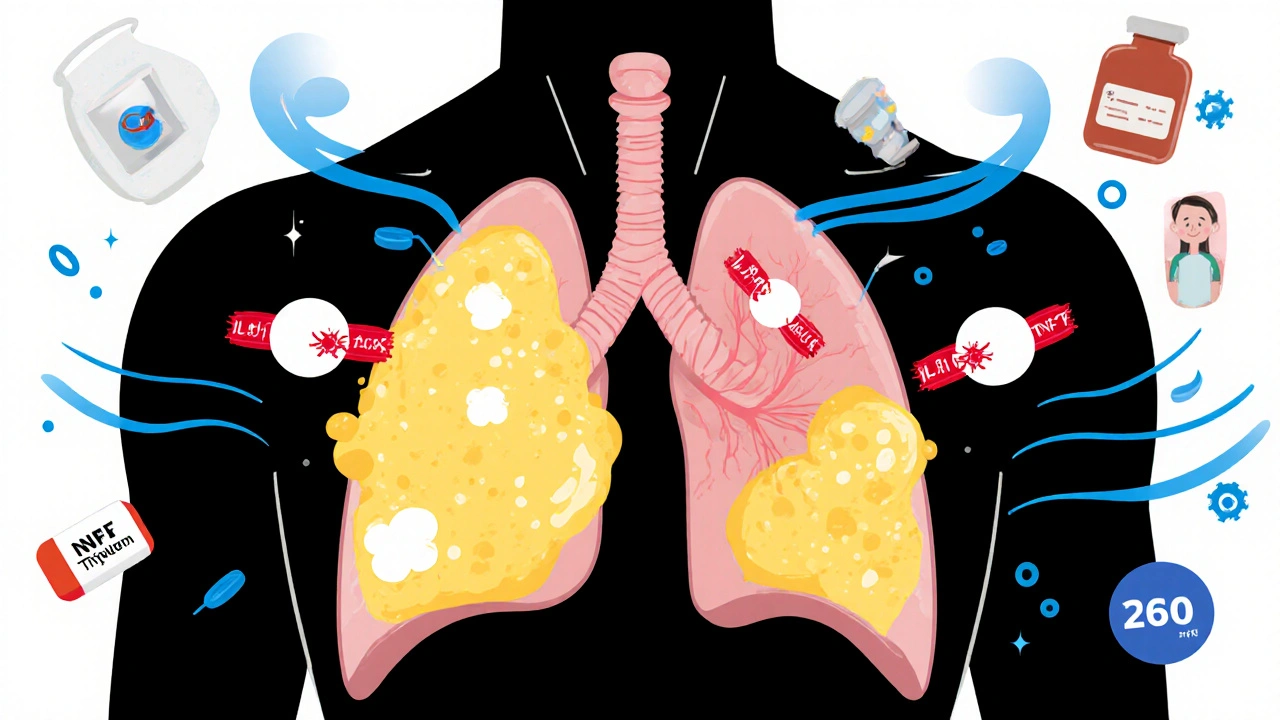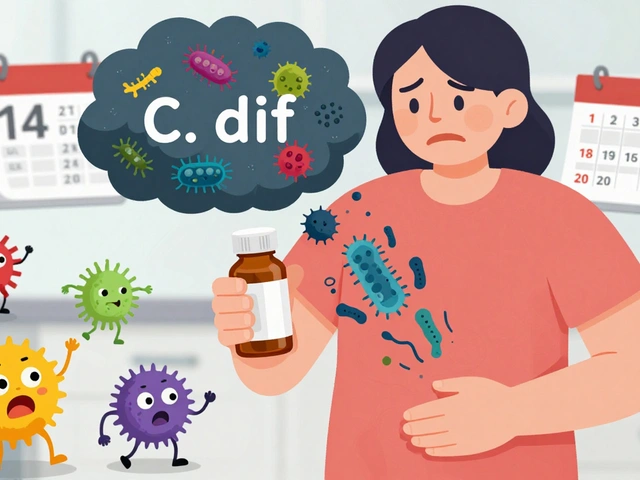Parapneumonic Effusion: Causes, Risks, and What You Need to Know
When pneumonia spreads beyond the lung tissue, it can trigger parapneumonic effusion, a buildup of fluid in the space around the lungs caused by a bacterial lung infection. Also known as pleural effusion secondary to pneumonia, this condition doesn’t just make breathing harder—it can turn a simple infection into something life-threatening if ignored. It’s not just a side effect; it’s a warning sign your body is losing the fight against bacteria like Streptococcus pneumoniae or Staphylococcus aureus.
This fluid isn’t harmless water. It starts as thin and clear, but as the infection worsens, it thickens, fills with pus, and can trap the lung, making it collapse. That’s when it becomes an empyema, a more advanced stage where the fluid turns infected and requires drainage. Many people don’t realize parapneumonic effusion can develop even after antibiotic treatment starts—especially if the infection is resistant or the patient is older or has diabetes. It’s why doctors keep checking chest X-rays or ultrasounds after pneumonia treatment begins.
Who’s most at risk? Older adults, smokers, people with weakened immune systems, or those with chronic lung diseases like COPD. But even healthy people can get it after a bad flu turns into bacterial pneumonia. Symptoms aren’t always obvious—worsening cough, fever that won’t break, sharp chest pain when breathing, or sudden shortness of breath. If you’ve had pneumonia and still feel awful after a few days, don’t assume it’s just slow recovery. That fluid could be building up.
Diagnosis is straightforward: a chest X-ray or ultrasound shows the fluid. A needle draw (thoracentesis) tells doctors if it’s infected and what bacteria are causing it. Treatment isn’t one-size-fits-all. Mild cases respond to antibiotics alone. But if the fluid is thick or pus-filled, you’ll need a chest tube or even surgery to drain it. Delaying drainage increases the chance of permanent lung damage or sepsis.
The posts below cover related topics you won’t find in generic medical sites. You’ll see how antibiotic resistance, when common drugs stop working against lung infections makes parapneumonic effusion harder to treat. Others explain how diabetes medications, like SGLT-2 inhibitors, can raise infection risks, and how medication side effects, such as those from NSAIDs or immunosuppressants, can mask symptoms until it’s too late. There’s also advice on using visual dosing aids, like clear syringes and measuring tools to ensure antibiotics are taken correctly—because missing a dose can turn a simple effusion into an emergency.
What you’ll find here isn’t theory. It’s real-world guidance from people who’ve been through this, doctors who’ve seen the consequences of delay, and research that shows what actually works. No fluff. No jargon. Just what you need to recognize, respond to, and recover from parapneumonic effusion before it takes control.
Azithromycin is increasingly used alongside drainage to treat empyema, thanks to its strong tissue penetration and anti-inflammatory effects. Learn how it improves outcomes, reduces hospital stays, and when it’s most effective.






